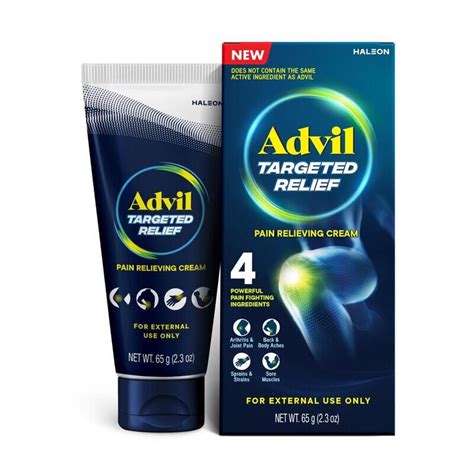10+ Ways To Stop Bleeding Gums In Toddlers

Bleeding gums in toddlers can be a distressing sight for parents, often leading to concerns about their child’s oral health and overall well-being. While it might seem like a minor issue, bleeding gums can be a sign of underlying problems such as poor oral hygiene, vitamin deficiencies, or even gum disease. Addressing this issue promptly and effectively is crucial for preventing more serious health complications and teaching toddlers good oral hygiene habits from an early age. Here are 10+ ways to stop bleeding gums in toddlers, focusing on prevention, treatment, and promoting healthy oral practices.
1. Establish a Regular Brushing Routine
Encouraging toddlers to brush their teeth regularly is vital. Use a soft-bristled toothbrush and a pea-sized amount of fluoride toothpaste. Teach your child to brush their teeth gently in circular motions, making sure to cover all surfaces. Supervise them closely to ensure they are brushing correctly and for the full recommended two minutes, twice a day.
2. Choose the Right Toothpaste
Select a toothpaste that is designed for toddlers and contains mild ingredients. Many toothpastes for young children are flavored, making the brushing experience more enjoyable. However, always check the ingredients to ensure they are safe for your child’s age group and dental needs.
3. Flossing for Toddlers
While flossing might seem challenging with toddlers, it’s an essential habit to introduce early on. You can start with floss picks that are designed for children, which are easier to maneuver and less likely to cause discomfort or injury.
4. Dietary Changes
A diet high in sugars and acids can exacerbate gum bleeding. Limiting sugary snacks and drinks is crucial. Encourage a diet rich in fruits, vegetables, and whole grains. These foods not only promote overall health but can also help strengthen teeth and gums.
5. Stay Hydrated
Encouraging your toddler to drink plenty of water throughout the day can help keep their mouth clean and reduce the risk of gum disease. Water helps rinse away bacteria and food particles that can contribute to bleeding gums.
6. Regular Dental Check-Ups
Despite the challenge, it’s essential to schedule regular dental check-ups for your toddler. A pediatric dentist can provide personalized advice, identify any potential issues early, and offer professional cleaning to prevent gum disease.
7. Use a Salt Water Rinse
For older toddlers who can safely swish and spit, a salt water rinse can be soothing and help reduce inflammation. Mix a teaspoon of salt with warm water and have your child swish it around their mouth before spitting it out.
8. Vitamin Deficiency Check
Sometimes, bleeding gums can be a sign of a vitamin deficiency, such as a lack of vitamin C or K. Ensuring your toddler’s diet is well-rounded and considering supplements after consulting with a pediatrician can help address these deficiencies.
9. Manage Teething Pain
For younger toddlers, teething can cause gum irritation and bleeding. Using teething toys or applying gentle pressure with a clean finger can help soothe the gums and reduce discomfort.
10. Demonstrate Good Oral Hygiene Yourself
Children often mimic their parents’ behaviors. By demonstrating good oral hygiene habits yourself, you set a positive example for your toddler to follow.
11. Consider a Gum Massage
Gently massaging your toddler’s gums with your finger in a circular motion can increase blood flow and help reduce inflammation. This should be done carefully and briefly to avoid causing further irritation.
12. Keep an Eye on Oral Health Products
Ensure that any oral health products you use on your toddler are appropriate for their age and contain ingredients that are gentle on their gums and teeth.
By implementing these strategies, you can help prevent and treat bleeding gums in your toddler, setting them up for a lifetime of good oral health. Remember, every child is different, so it might take some trial and error to find the approach that works best for your child. If the bleeding persists or is accompanied by other symptoms such as fever or severe pain, it’s crucial to consult with a pediatric dentist or healthcare provider for professional advice.
How often should I take my toddler to the dentist?
+The American Academy of Pediatric Dentistry recommends that children visit a pediatric dentist by their first birthday or within six months of the eruption of their first tooth. Regular check-ups can help prevent oral health issues and catch any problems early.
Can I use hydrogen peroxide on my toddler's gums?
+No, hydrogen peroxide is not recommended for toddlers. It can be harmful if ingested and is too harsh for young children's gums and teeth. Stick to salt water rinses or consult with a pediatric dentist for safe alternatives.
How can I make brushing teeth a positive experience for my toddler?
+Make brushing teeth a fun experience by using flavored toothpaste, letting your toddler choose their toothbrush, and brushing your teeth together. You can also sing songs or play music to make the two minutes pass more enjoyably.
In conclusion, addressing bleeding gums in toddlers requires a multi-faceted approach that includes good oral hygiene practices, a balanced diet, regular dental check-ups, and patience. By following these steps and maintaining open communication with your child’s healthcare provider, you can help ensure their oral health and set them on the path to a healthy, happy smile.
